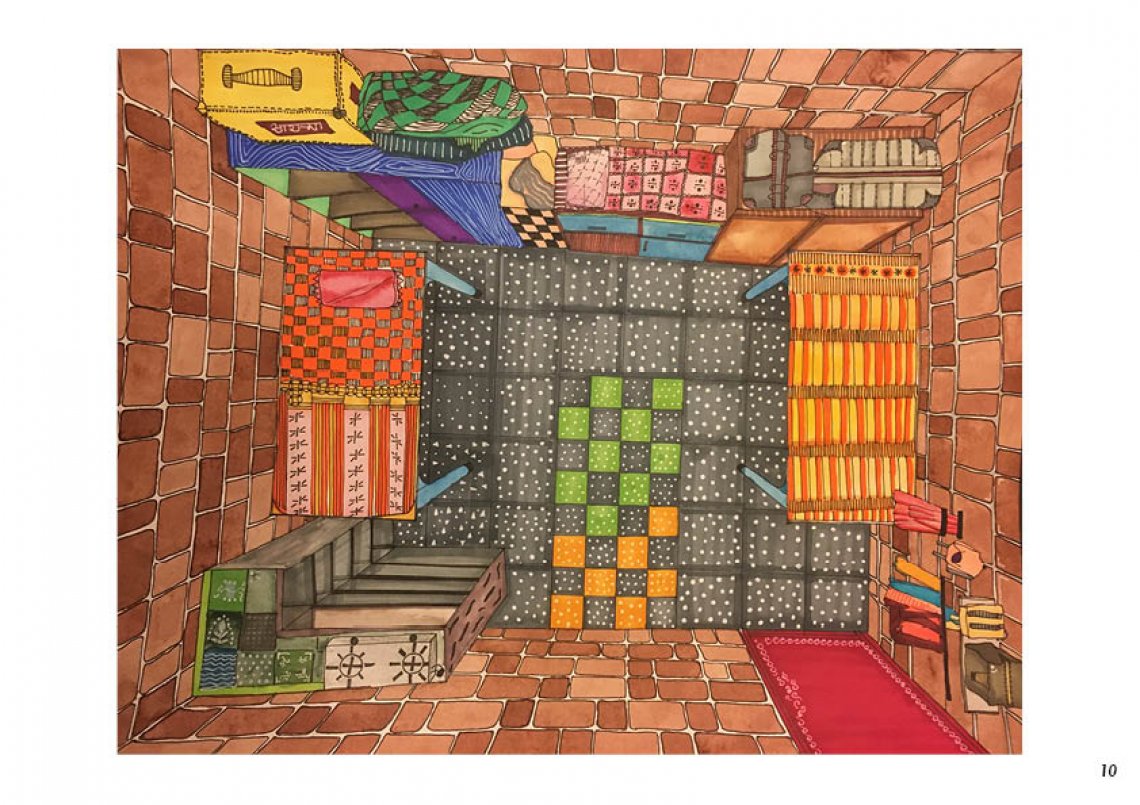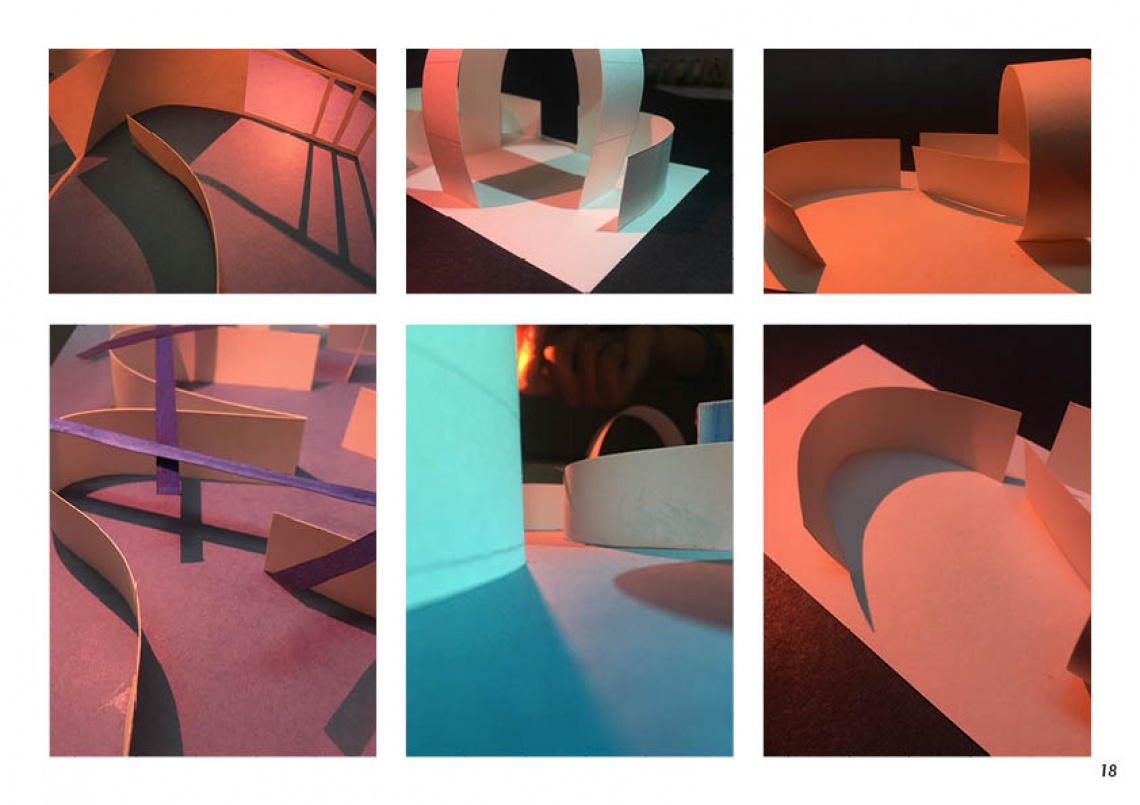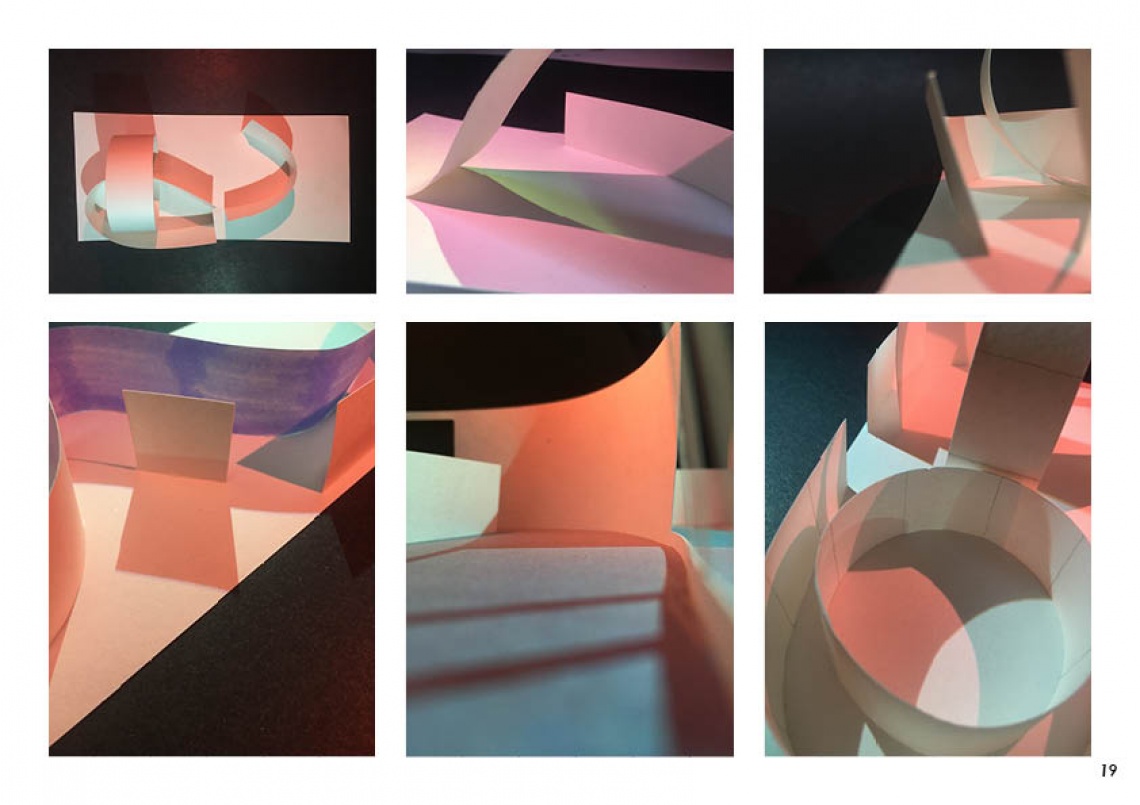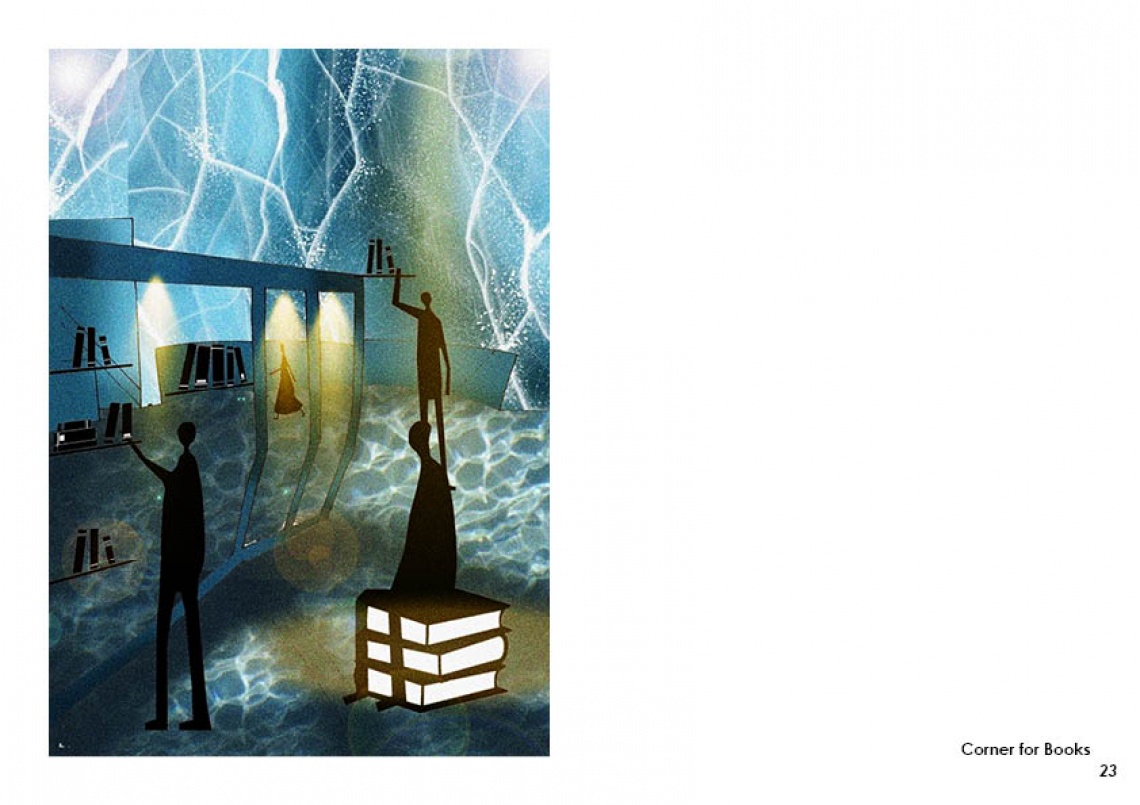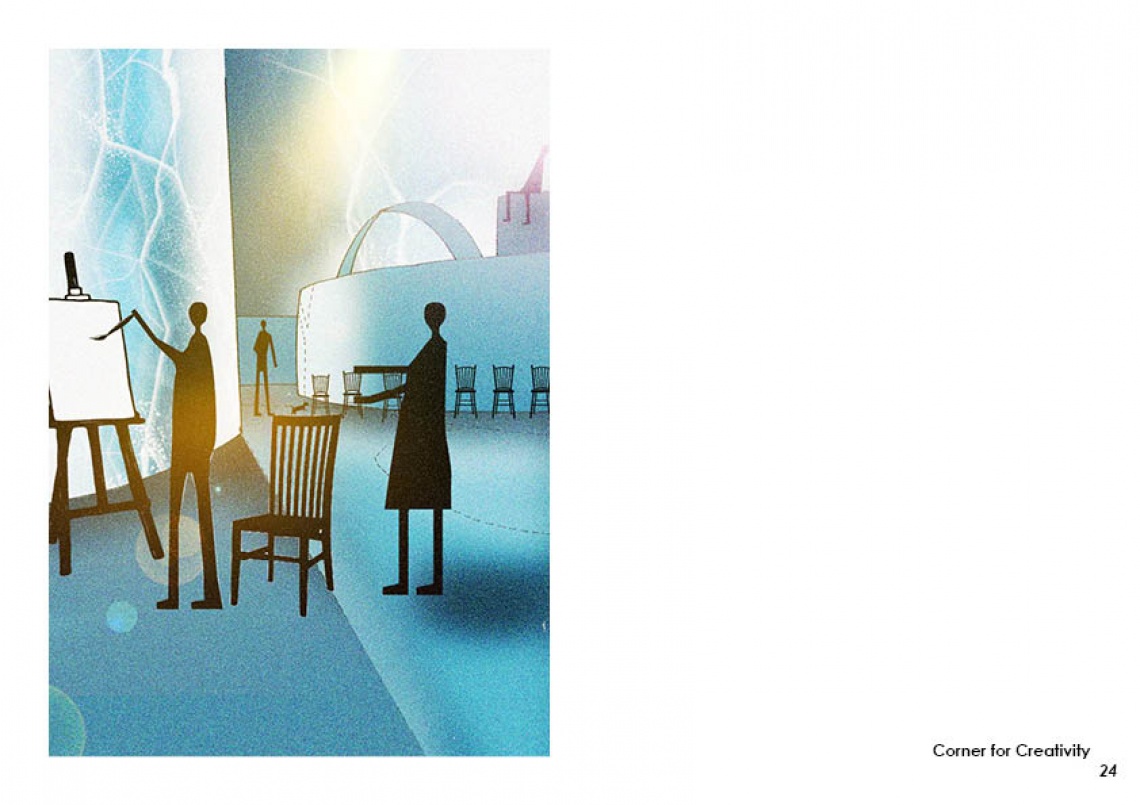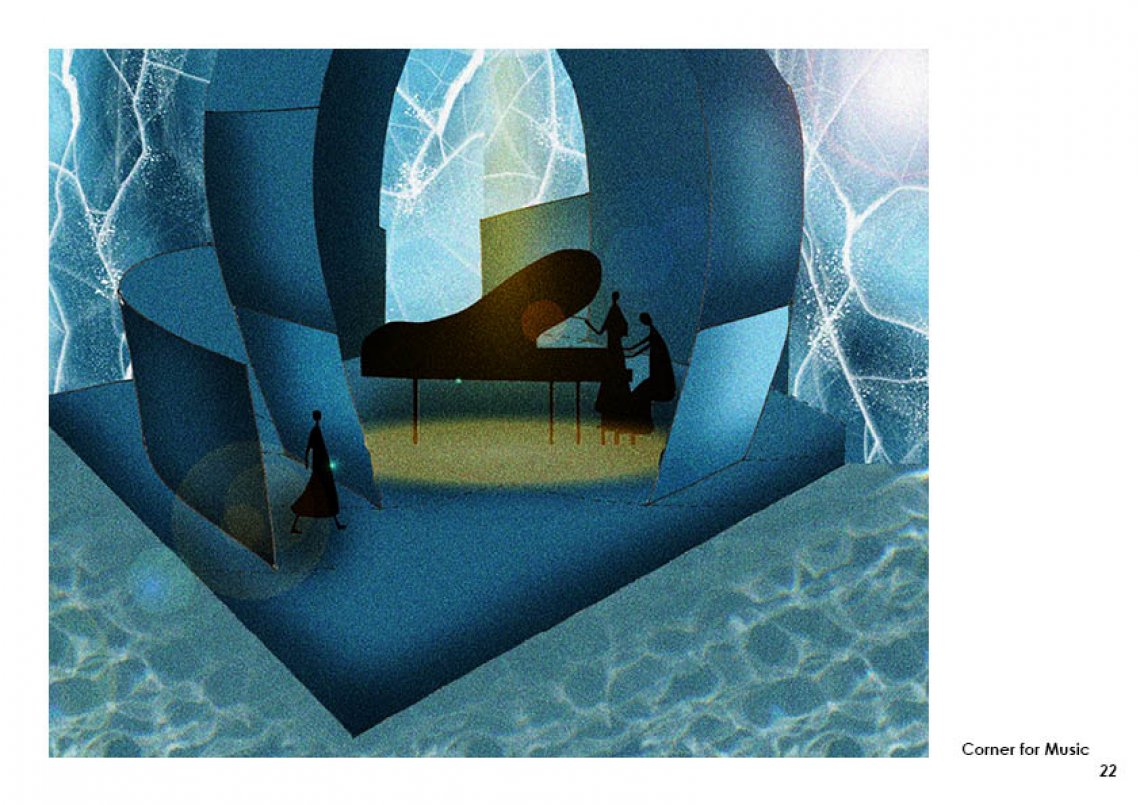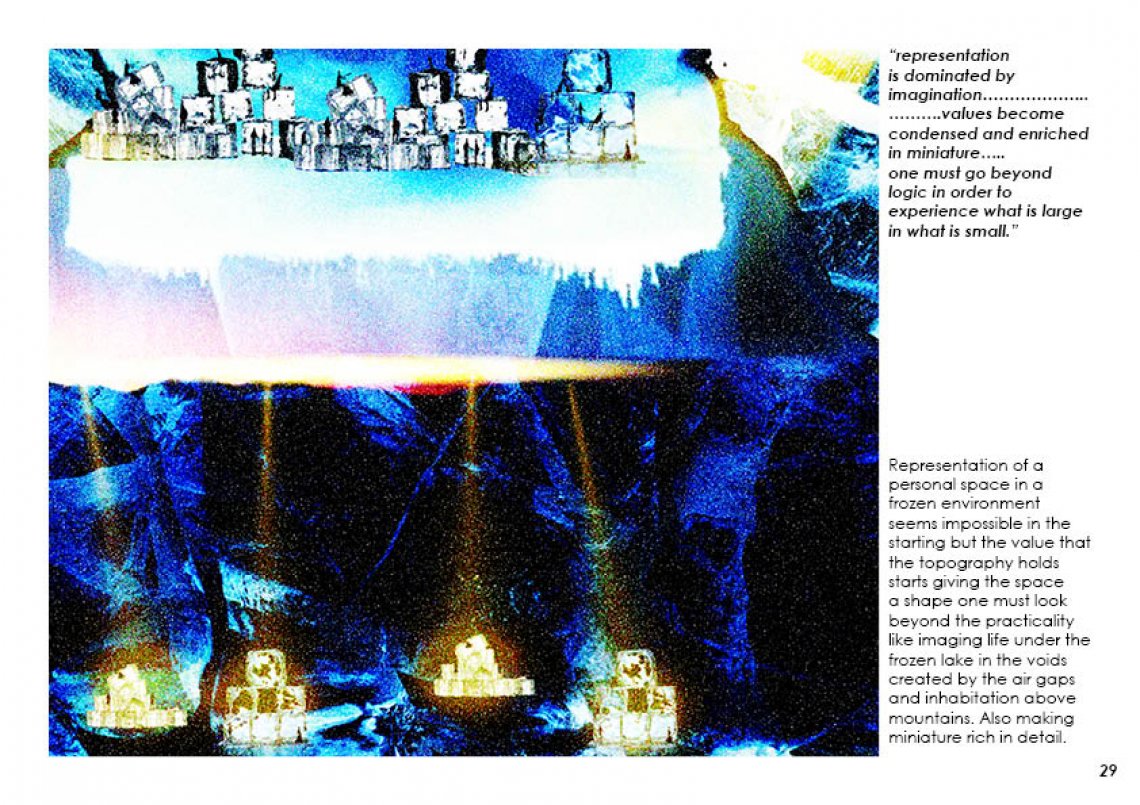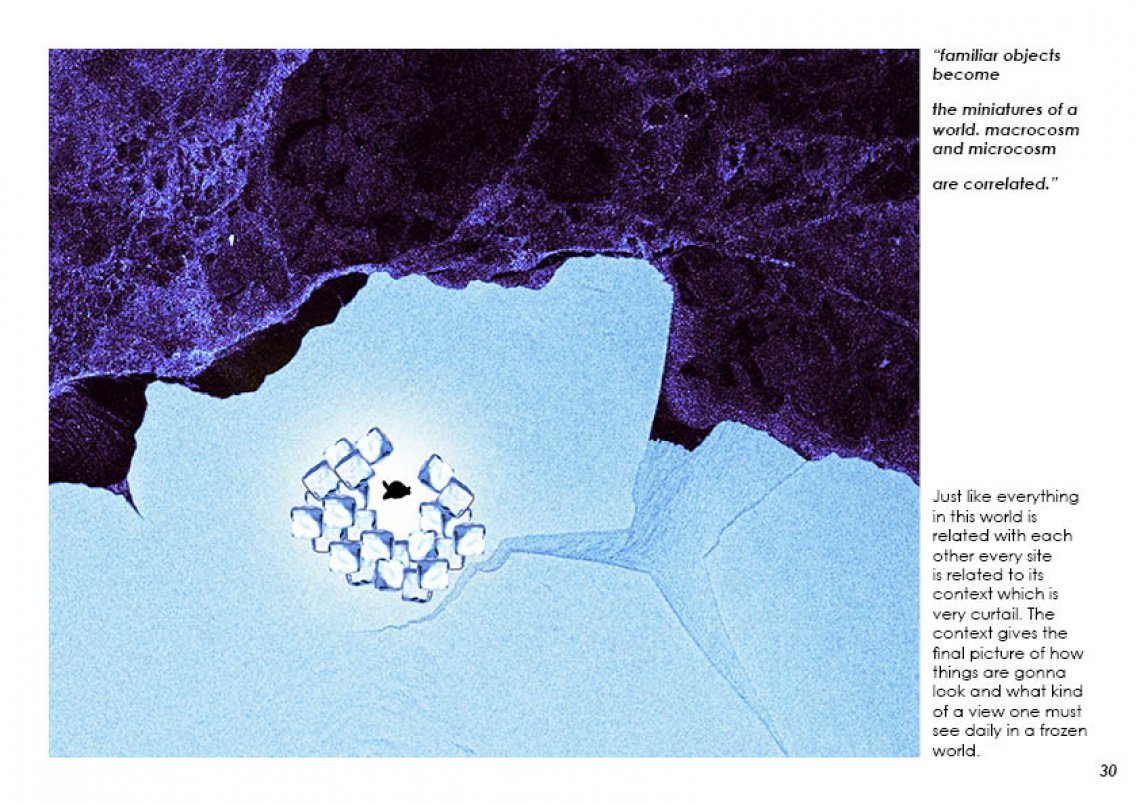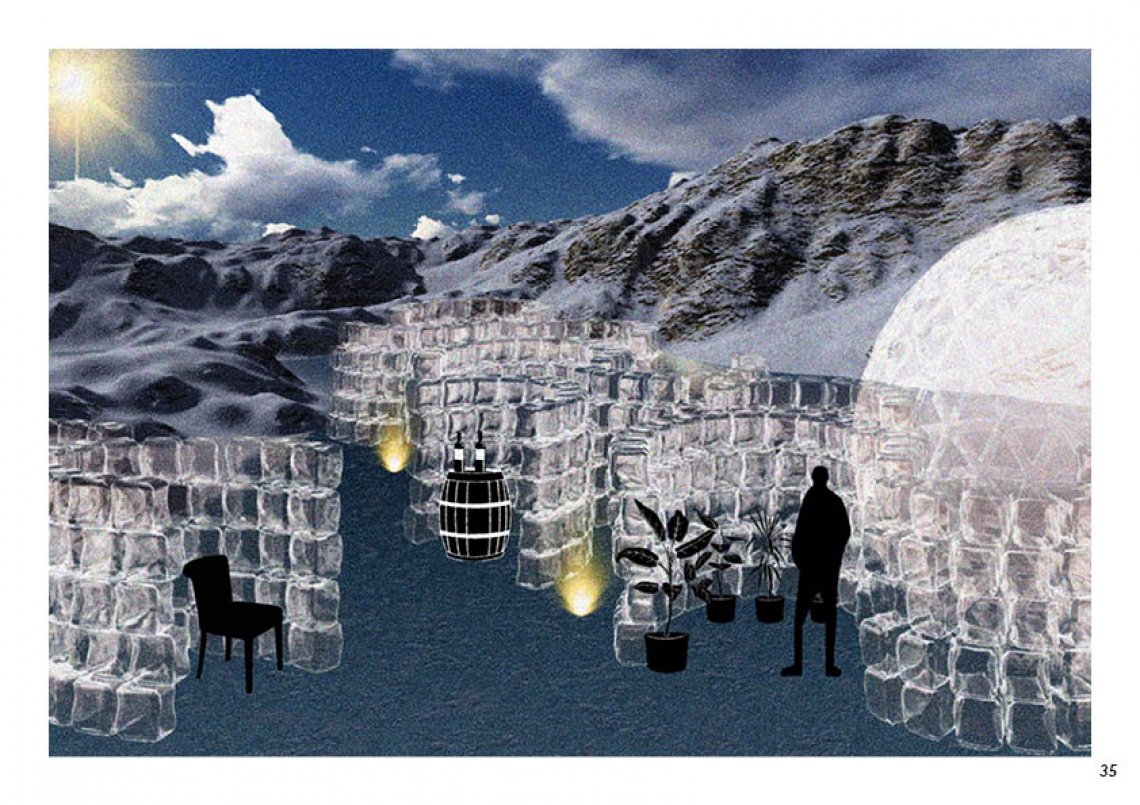Your browser is out-of-date!
For a richer surfing experience on our website, please update your browser. Update my browser now!
For a richer surfing experience on our website, please update your browser. Update my browser now!
“Poets help us discover within ourselves such joy in looking that sometimes, in the presence of a perfectly familiar object, we experience an extension of our intimate space”
In “The Poetics of Space” Bachelard introduces his concept of topoanlysis, which he defines as the systematic psychological studying of the sites of our intimate lives. The house, the most intimate of all spaces, “protects the daydreamer” and therefore understanding the house is for Bachelard a way to understand the soul.
For Bachelard, the house is the best example of an space with a phenomenological significance because it is the environment in which a human most fully and unconsciously lives. He develops his investigation by making a parallel between the arrangement of a house and the ability of man to think and visualize, placing emphasis on the imagination as a major power of human nature. He packs his text with lyrical quotations, helping the reader to imagine the house as a place sewn together from poetic images, reverie and reminiscences.
Thus Bachelard’s house transforms into a living manifestation of the soul, a place suffused with dim light, where our daydreams and fantasies take form.
Hence my idea of intimate space has evolved and I have learned to look beyond just utility of the space. A space should have an experience, one should be able to sit quietly and enjoy in an intimate space.
The feeling of being trapped in an ice world during this time of self isolation-
Frozen world has a lot of complexities to it from the cracks to the high snow covered mountains it seems everything has a purpose in the context. One can dream of living below a frozen lake in the voids created by the frozen bubbles and experience the life around it. Looking above being trapped between the layer one sees the translucent ice trough which the sunlight filters and come. On the top one is lost in a maze created by stacked ice cubes that never let you escape with each curve a different activity to do.
Finally reaching a big dome with a lot of couches for relaxation to may be just sit and read a book.
Understanding from the book one can argues that both inside and outside depend upon one another for the sake of preserving their identities and that aesthetic experiences and “escapades of imagination” prompts a revision of the boundaries of inside and outside.It determines that the house has both unity and complexity, it is made out of memories and experiences, its different parts arouse different sensations at yet it brings up a unitary, intimate experience of living.
